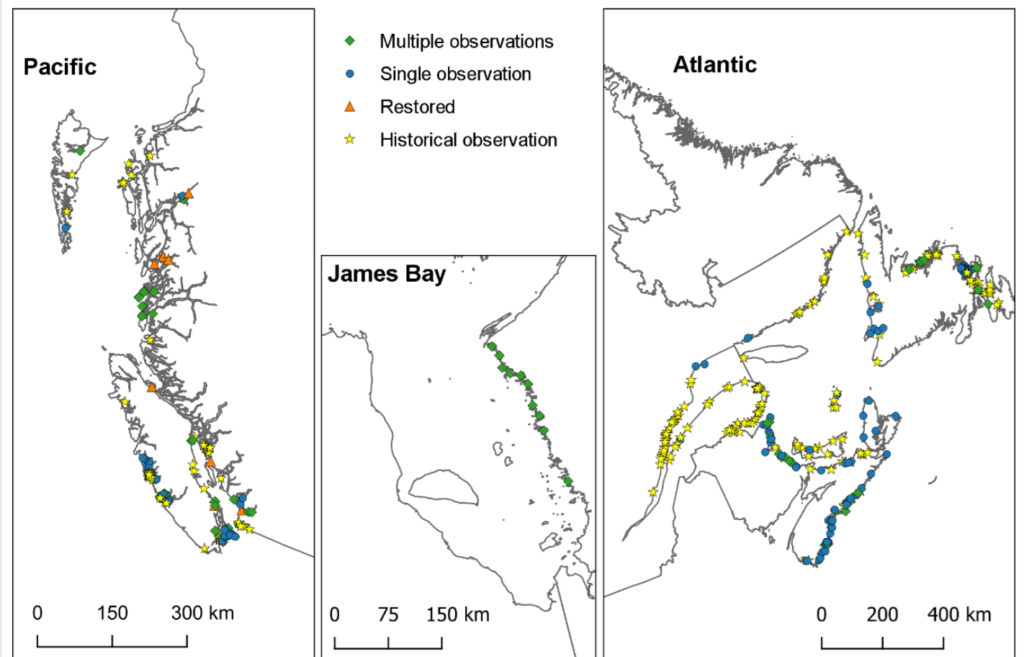
| With contributions from more than 100 scientists from nearly 30 countries, UNESCO’s State of the Ocean Report 2024, published with the support of Iceland, reveals alarming new data on threats facing the ocean. This comprehensive assessment provides an evidence-based review of challenges including ocean warming, rising sea levels, pollution, acidification, de-oxygenation, blue carbon and biodiversity loss. This UNESCO report shows that climate disruption is having an increasingly strong impact on the state of the ocean. Temperature, acidification, sea level: all the alarm bells are ringing. In addition to implementing the Paris Climate Agreement, we call on our Member States to invest in the restoration of marine forests and to better regulate marine protected areas which are important reservoirs of biodiversity. Audrey Azoulay, UNESCO Director-General The rate of ocean warming has doubled in 20 years. While atmospheric temperatures tend to fluctuate, the ocean is steadily and constantly heating up. The State of the Ocean Report indicates that the ocean is now warming at twice the rate it was twenty years ago, with 2023 seeing one of the highest increases since the 1950s. While the Paris Agreements pledged to keep global warming below 2°C above pre-industrial levels, ocean temperatures have already increased by an average of 1.45°C, with clear hotspots above 2°C in the Mediterranean, Tropical Atlantic Ocean and Southern Oceans. One dramatic consequence of this warming is an increase in sea levels across the globe. The ocean absorbs 90% of the excess heat released into the atmosphere, and as water heats up it expands. Warming ocean temperatures now account for 40% of the global rise in sea levels, and the rate of rising has doubled over the past 30 years totaling 9cm. Coastal species are suffocating from declining oxygen levels. Since the 1960s, the ocean has lost 2% of its oxygen due to warming temperatures and pollutants, including wastewater and agricultural run-off. Coastal areas are especially impacted, with species finding themselves on the frontline of a battle to breath: roughly 500 “dead zones” identified where almost no marine life remains due to a dwindling oxygen-content. Rising acidity is also a major cause for concern: with 25-30% of fossil fuel emissions absorbed by the ocean, this overabundance of CO2 is reshaping the very chemical composition of the ocean. Since pre-industrial times, ocean acidity has increased by 30%, and will reach 170% by 2100. UNESCO’s findings reveal that once again coastal species are the hardest hit: while the high seas are steadily becoming more acidic, coastal waters are seeing dramatic fluctuations from high- to low-acidity, which young generations of animals and plants too fragile to survive, causing mass die-offs. Blue Carbon and MPAs: Beacons of hope. Marine forests including mangroves, seagrass plains, tidal marshes are able to absorb up to 5 times more carbon than forests on land. As well as being vital harbours for biodiversity, they represent one of the best ramparts against global warming. However, UNESCO reveals that nearly 60% of countries still do not include marine forest restoration and conservation in their Nationally Determined Contribution plans. Marine Protected Areas[1] are known to protect biodiversity, harboring 72% of the 1500 endangered marine species on the IUCN Red List. UNESCO’s new data evidences that the higher the level of regulation in an MPA, the more it is effective at protecting local ecosystems. UNESCO is leading the United Nations Decade of Ocean Science for Sustainable Development, from 2021 to 2030. Since the start of the Decade, more than 500 projects have been launched in all regions of the world and more than a billion dollars has been mobilized to improve knowledge and protection of the ocean.The Organization is supporting dozens of scientific cooperation programs in all regions of the world, combining data sharing, high-definition mapping of the seabed, prevention of natural disasters and the search for innovative solutions to protect ecosystems. Through its more than 230 marine biosphere reserves and more than 50 marine sites inscribed on the World Heritage List, UNESCO is also the guardian of unique ocean sites which are home to critical biodiversity. [1] A marine protected area is a defined region designated and managed for the long-term conservation of marine resources, ecosystems services, or cultural heritage. |







